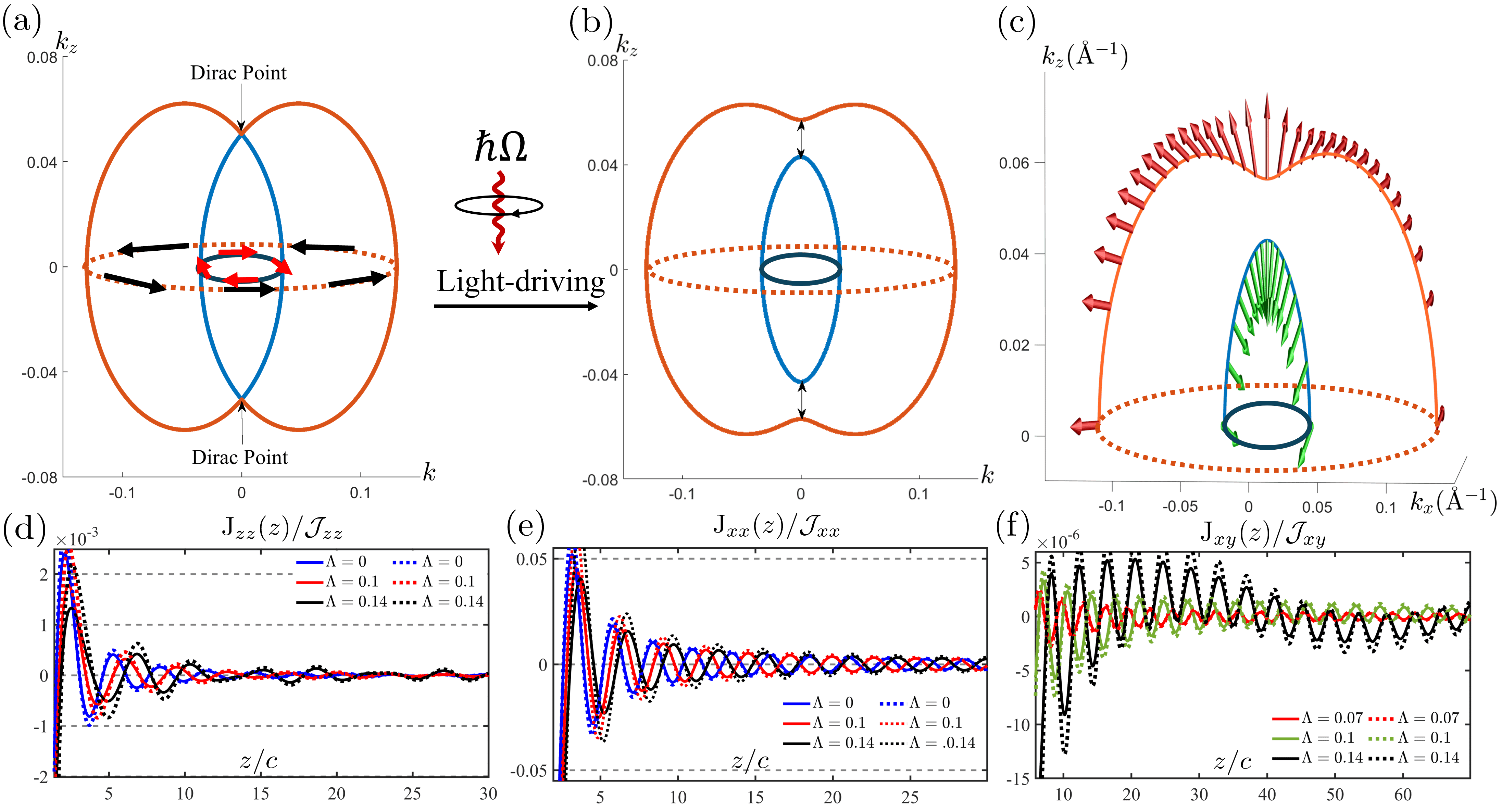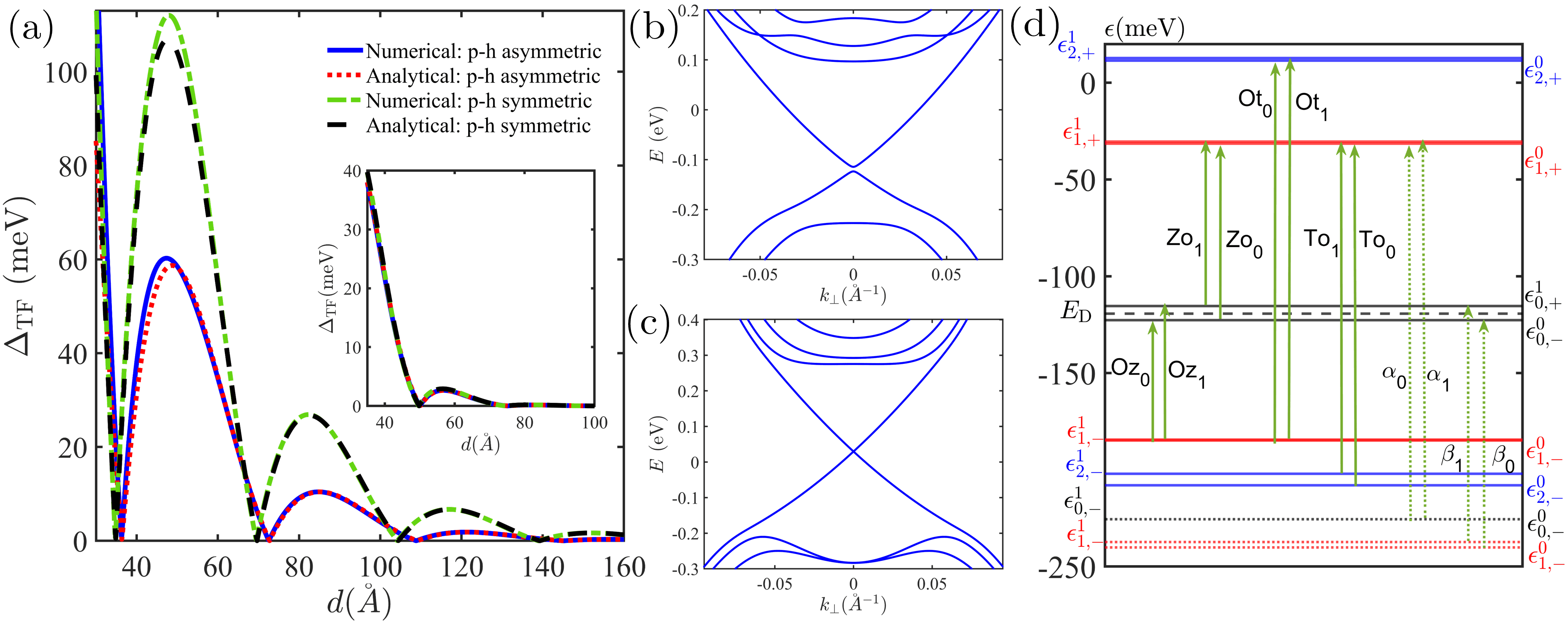Our Research
Our group researches the frontiers of theoretical condensed matter physics, focusing on quantum materials driven far from equilibrium, with a special emphasis on periodic driving (Floquet engineering). By harnessing time-periodic fields—particularly light—we study how electronic and magnetic properties in low-dimensional systems, such as graphene and topological insulators, can be dynamically controlled and reconfigured. This approach allows us to uncover and design novel quantum phases and topological states of matter that emerge uniquely under periodic driving. Ultimately, we aim to reveal new physical phenomena and functionalities with potential applications in spintronics, quantum information, and advanced quantum technologies.
Below, I highlight some of our most recent research directions:
Quantum Phenomena Induced by Vortex Light Beams
Light is commonly used to control materials by adjusting its brightness or polarization. However, light beams with a twisting wave front—called vortex light—carry orbital angular momentum, offering an entirely new way to interact with matter. In our recent research, we found that shining vortex light onto materials with Dirac-like electronic properties creates tiny, light-induced whirlpools that can trap special quantum states known as vortex states. This provides a novel approach to shaping and tuning the behavior of quantum materials. Our findings open up exciting opportunities to harness not just the intensity, but also the structure of light in designing the next generation of electronic devices.

Floquet Engineering of 2D Magnetic Interactions
Light is much more than a probe—it can serve as a powerful tool to control how tiny magnetic moments, or spins, interact in two-dimensional systems. Our recent works demonstrate that by periodically driving both two- and three-dimensional electron systems, especially those with strong spin-orbit coupling or topological surface states, we can dramatically reshape how spins interact. Through Floquet engineering, we can finely tune the strength and nature of indirect magnetic exchange—also known as RKKY interaction—by selectively enhancing the Ising, Heisenberg, and Dzyaloshinskii–Moriya components of the magnetic exchange between localized spins. With this approach, simply adjusting the driving field allows us to switch between different magnetic regimes in real time. These advances open exciting possibilities for engineering magnetic order in materials, paving the way for the next generation of spintronic technologies.

Magneto-Optical Probes of Topological Thin-Films
Thin films of topological insulators reveal a rich landscape of electronic behavior that can be tuned simply by changing their thickness. Our recent research shows that as the film becomes thinner or thicker, the coupling between its surfaces can cause protected edge states to emerge or disappear, signaling a transition between distinct topological phases. To probe these states, we employ magneto-optical techniques—specifically, the Faraday and Kerr effects—which provide a powerful and non-invasive method to distinguish electronic responses at the edge from those in the bulk of the film. Even in ultrathin or imperfect samples, this approach allows us to pinpoint and track the presence of topological edge states. These findings open new possibilities for detecting and controlling quantum phenomena in nano-engineered TI films, laying the groundwork for advanced electronic and optoelectronic devices that harness the unique properties of topological materials.










